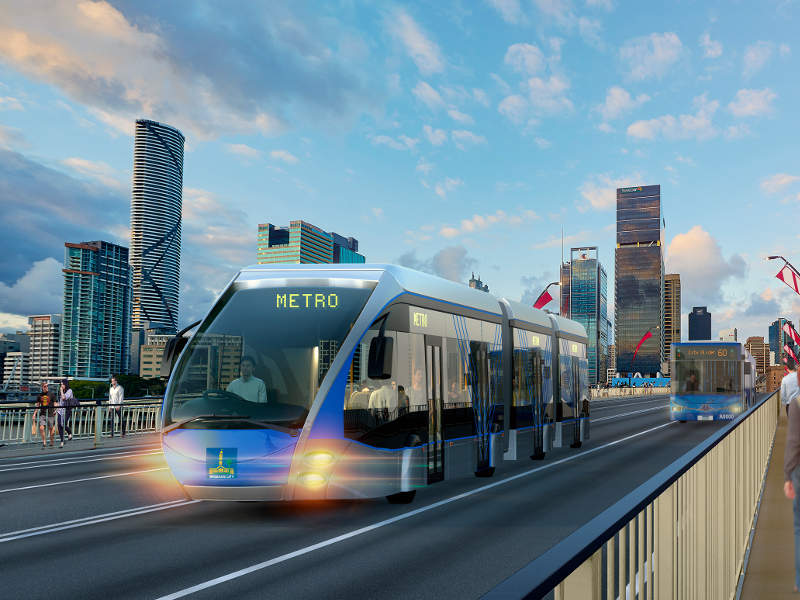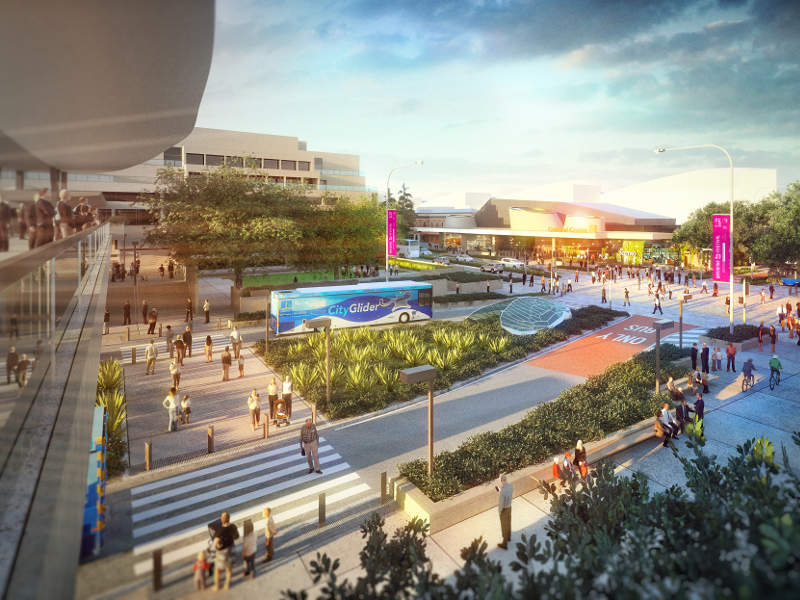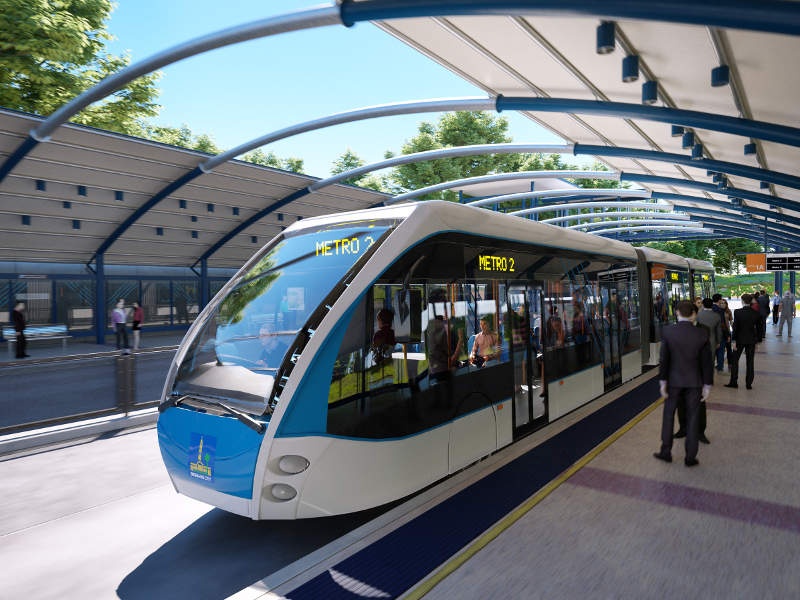Brisbane Metro is a new rapid transit system that has been proposed to be constructed in Brisbane, Queensland, Australia.
It involves the construction of a 21km-long turn-up-and-go service with two lines from Eight Mile Plains to Roma Street and Royal Brisbane Women’s Hospital to the University of Queensland.
Brisbane Metro is the most significant infrastructure project being undertaken by the Brisbane City Council. It mainly aims to reduce travel times, congestion, and especially bus congestion in the central business district (CBD) while improving services to the suburbs.
Initial construction of the Brisbane Metro began in 2019, with major construction works expected to start in 2021. The project is scheduled for completion in 2023. The main construction of the sewer pump station started in April 2020.
Brisbane Metro project history
The need for the Brisbane metro project was first identified in 2016 in order to reduce congestion and address the capacity challenges being faced by Brisbane’s bus network.
A detailed assessment of the benefits, costs and impacts of the project was carried out in May 2017, and the Brisbane Metro was declared as a high priority project on the nation’s infrastructure priority list in March 2018.
The draft design report of the project was released in April 2018 but the council is yet to prepare detailed specifications for the construction and operation of the metro.
Brisbane Metro lines and routes
The 21km-long metro will be divided into two dedicated lines, which will serve 18 stations, including 11 interchange stations. It will primarily connect the suburbs with the inner city by leveraging Brisbane’s existing busway infrastructure.
Line one will start from Eight Mile Plains busway station to Roma Street busway station, while line two will extend from Royal Brisbane and Women’s Hospital busway station to University of Queensland Lakes busway station.
Rolling stock for Brisbane metro
A new fleet of 60 high-capacity bi-articulated metro vehicles will initially be used for the Brisbane Metro. The fleet will be further expanded based on future growth and demand for services.
Each trainset will have a length of approximately 25m and will feature three passenger compartments. Vehicles in the fleet will feature a low-floor design and have four double-doors.
The trains will have the capacity to accommodate up to 150 passengers each and will feature passenger facilities such as Wi-Fi, customer information systems, and voice announcements of the next station.
Other infrastructure upgrades
The existing Victoria Bridge will be converted into a green bridge, which will provide three dedicated lanes for the metro and bus service. A separate two-way path will be built on the upstream side of the bridge for cyclists and pedestrians.
A new underground station will be built at the Cultural Centre in South Brisbane. The station will be located below the existing South Brisbane railway corridor and the Queensland Performing Arts Centre (QPAC) Green.
The station will have two entrances at Melbourne Street and Grey Street corner. It will also feature surface level ticket gates and a canopy-structured ground-level concourse.
Upgrades will be performed at 17 existing busway stations, which will include new ticket readers on the platforms, passenger information display systems, and Brisbane Metro branding. Some of the platforms will also be extended to accommodate the increasing capacity.
A new metro depot to be built at Rochedale that will comprise vehicle fuelling and cleaning facilities, a 15-bay maintenance garage, as well as office, training, driver and staff facilities.
Other developments will include a new tunnel beneath Adelaide Street for linking the existing King George Square station in the CBD and a layover facility at Griffith University station.
Works underway include the renovation of the Peel Street, Grey Street and Stanley Place intersection in South Brisbane and the construction of a new Metro depot facility at School Road, Rochedale. The improvements already completed include upgrades to intersections such as Skew Street and Upper Roma Street, Brisbane CBD, Peel Street and Cordelia Street, and Peel Street and Merivale Street.
The new sewer pump station at Alexander Smith Place Park will pave the way for the new underground Cultural Centre Station.
Construction works to improve the Stanley Place, Grey Street and Peel Street intersection began in May 2020.
Funding
The total cost of the Brisbane Metro project is estimated to be A$944m ($717.8m).
The Council will invest A$644m ($469.2m) of the project’s capital cost, while the Australian Government will provide A$300m ($218.5m).






